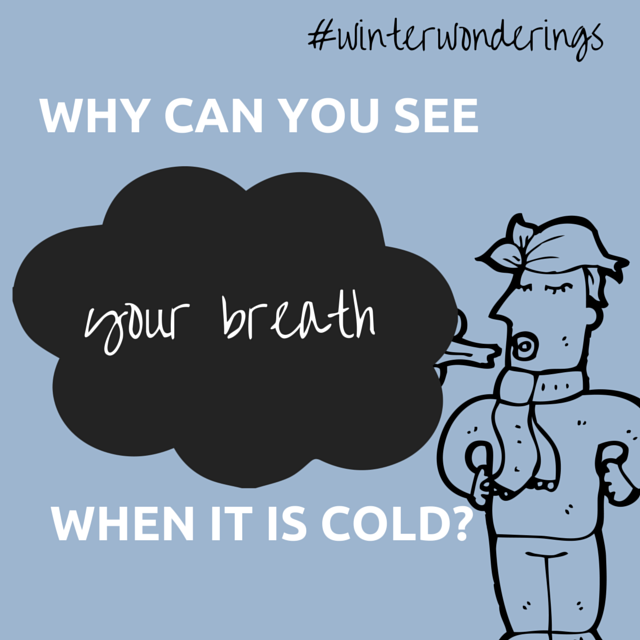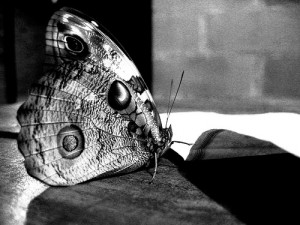
This is the first in a series of posts by Sam Gouldson called Winter Wonderings. Sam will take a closer look at some of the amazing things that winter brings, such as snowflakes, ice and snow and explain the science behind the season!
You may have noticed that you can see your breath when the weather is cold, especially if you exhale really hard. But what causes this and why doesn’t it happen when it’s warm?
Our lungs add moisture to the air once we’ve inhaled it. When we breathe out this moisture is still there, as well as gases like carbon dioxide and nitrogen. When the air outside our bodies is warm, the moisture just mixes with the water vapour that’s already in the air so we don’t see it.
When our warm, moist breath meets cold air it cools and condenses into water droplets the same way that fog or mist forms. The cloud of condensed water droplets then mixes with the cold, drier air and usually evaporates. If the air temperature is especially cold, like in Arctic regions, the water droplets can freeze and become ice.
It’s difficult to predict the temperature at which we can see our breath because other factors (like the amount of moisture in the air) are also important. So make the most of it when you get the chance, and have fun pretending to be a dragon or a steam train!



